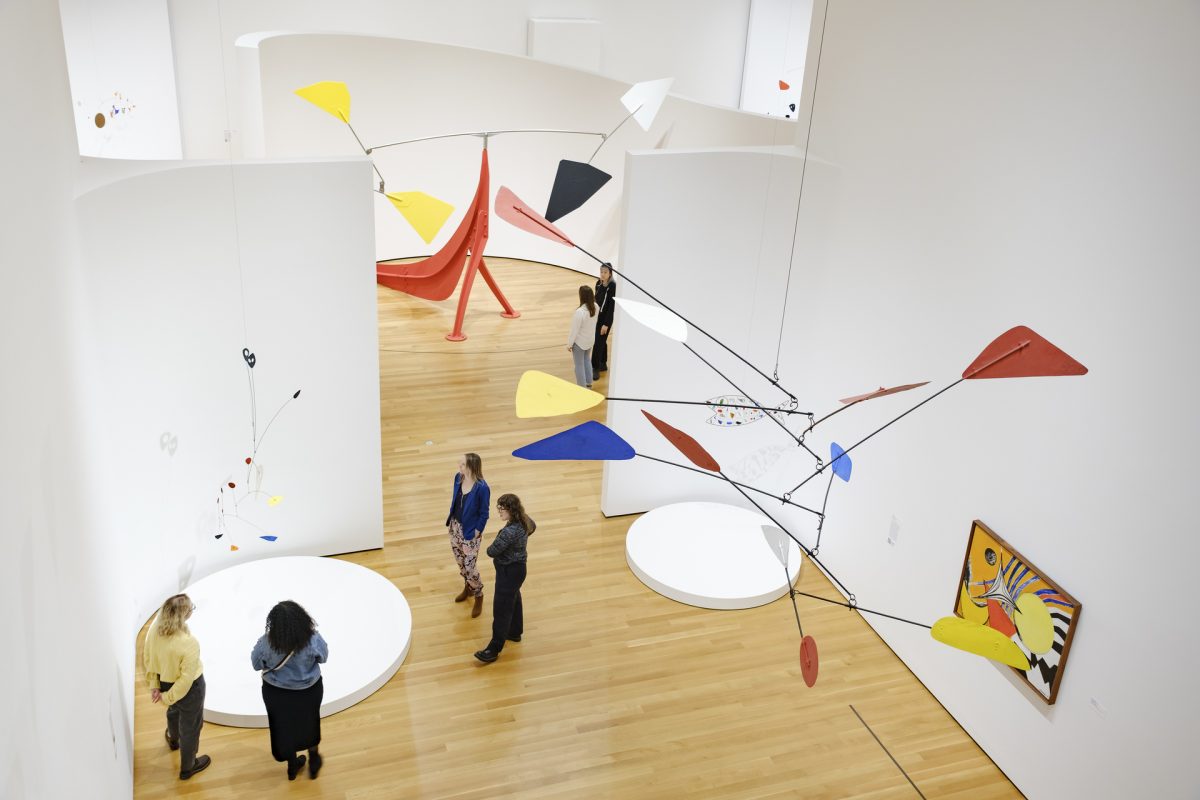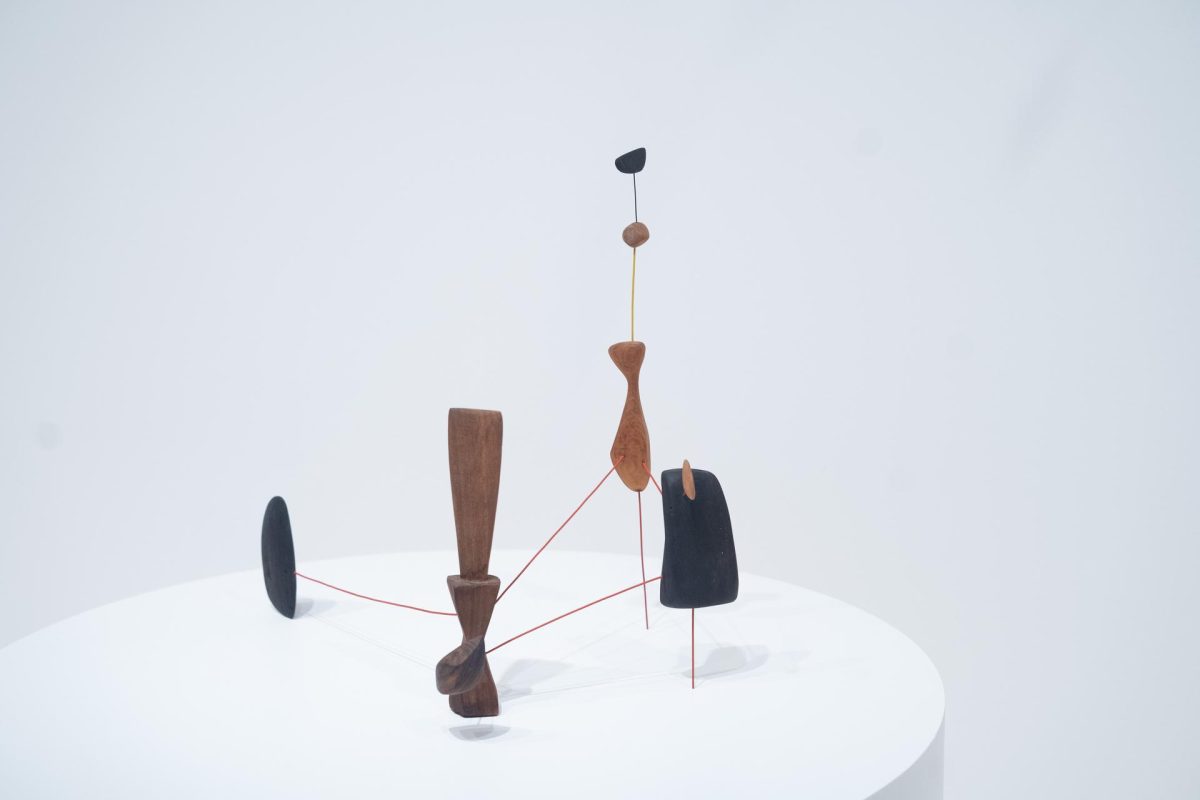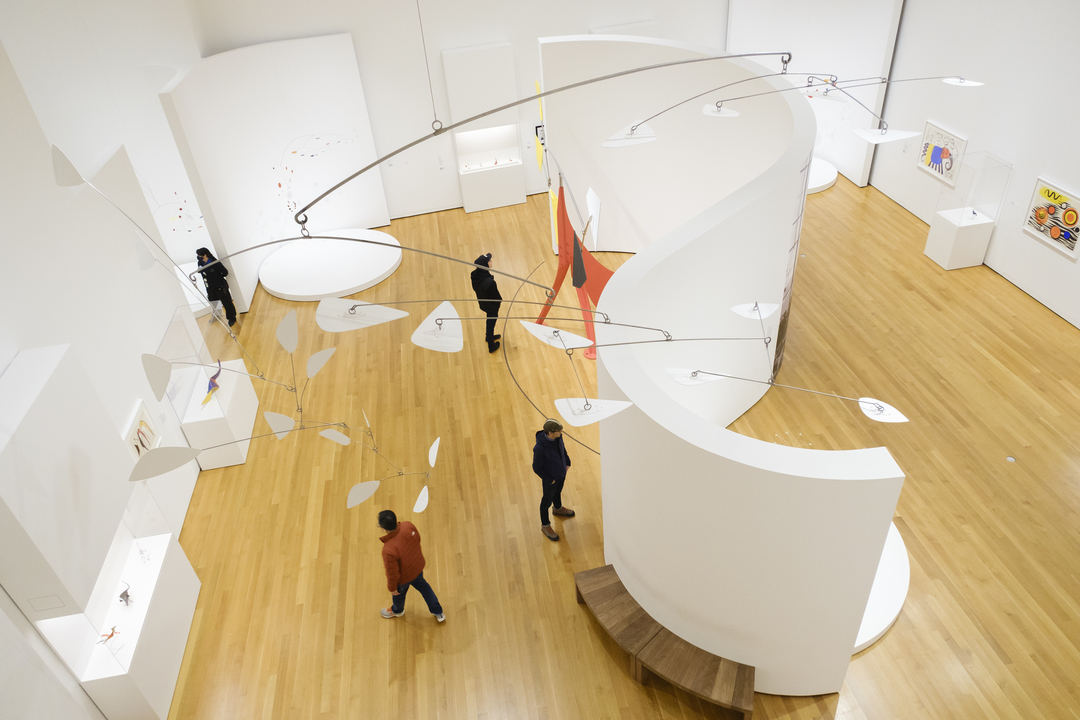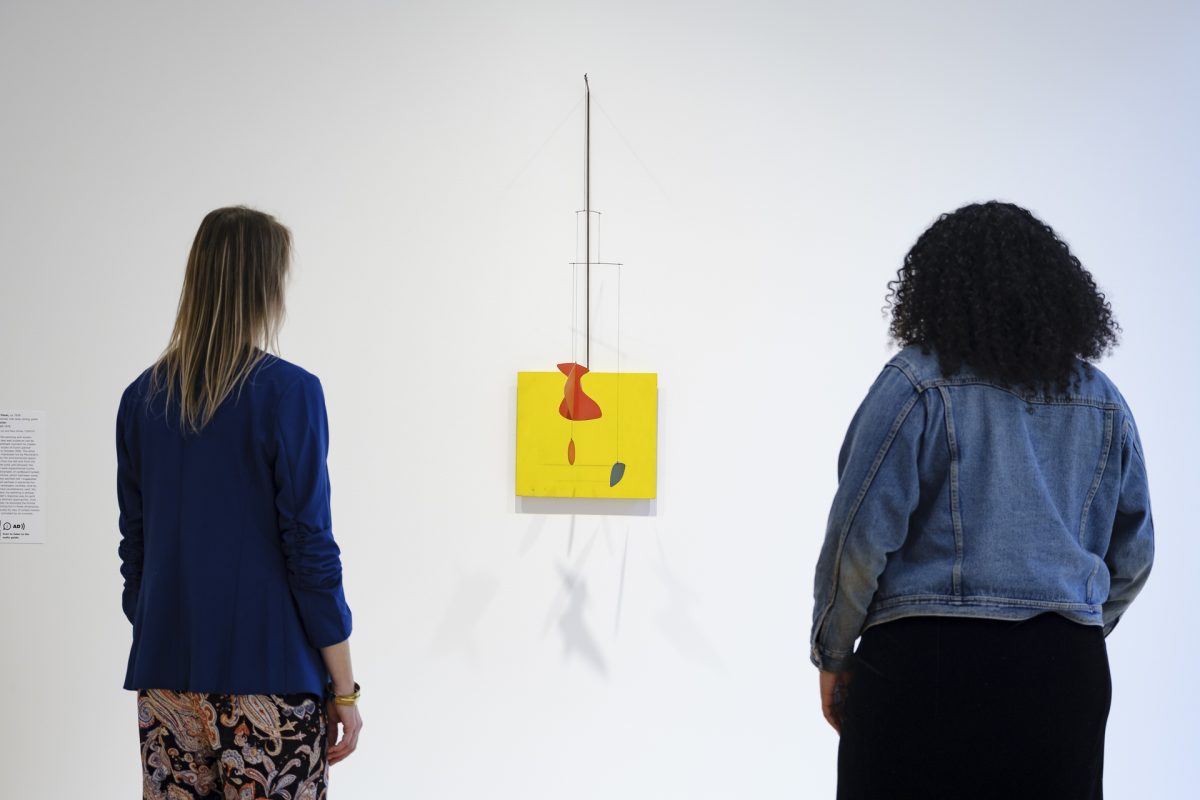All the Ways to Experience Calder at SAM
Calder: In Motion, The Shirley Family Collection debuted last fall, but we’re still spinning with excitement about this transformative gift of art by Alexander Calder to the collection. This inaugural exhibition is a once-in-a-lifetime opportunity to see all 45 seminal works gifted to SAM on view together. Now, there’s even more reason to check out Calder: In Motion for the first, second, or tenth time following our recent announcement of the exhibition’s extension through Sunday, October 20. Here, we remind you of all the ways you can experience this exhibition and deepen your appreciation of this collection and the stories it tells.
Website
The exhibition microsite is the online home for all things Calder at SAM and offers a robust portal for exploration. The site details the story of the collection’s formation, includes information on each collection object, features a “surprise me” button that randomly selects an object to explore, and highlights the life and career of the artist. Check it out at visitsam.org/calder!
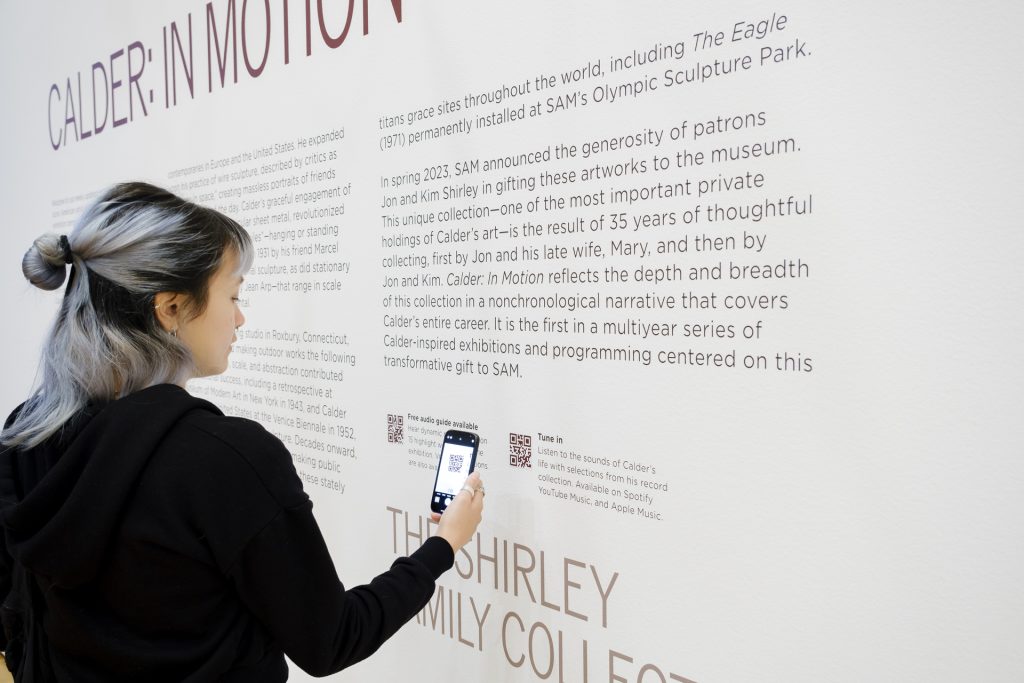
Smartphone Tour
The exhibition audio guide, produced by SAM and available via smartphone, features collector Jon Shirley’s reflections on his 35-year journey of collecting Calder’s works, and object spotlights by Alexander S. C. Rower, Calder’s grandson and the President of the Calder Foundation; Kennedy Yanko, a painter-sculptor based in Bushwick, Brooklyn, who works in acrylic paint skin and metal to explore the limits of material gesture; and José Carlos Diaz, exhibition curator and SAM Susan Brotman Deputy Director for Art.
Catalogue
The clothbound hardcover catalogue is a stunning keepsake that introduces you to the Shirley Family Collection. Fully illustrated with 102 dazzling images, it features contributions from Jon Shirley, Alexander S. C. Rower, José Carlos Diaz, and Elizabeth Hutton Turner, a Calder scholar and University Professor in the Department of Art, University of Virginia. It’s available in person or online at SAM Shop.
SAM Soundtracks
SAM created a playlist, available via three music platforms, that features tracks from Calder’s own collection of jazz, world, and avant-garde music. Wander the Calder galleries while you listen, or put it on anytime to engage with Calder’s creative mind. Find the link via QR code in the galleries or on SAM’s Calder microsite.
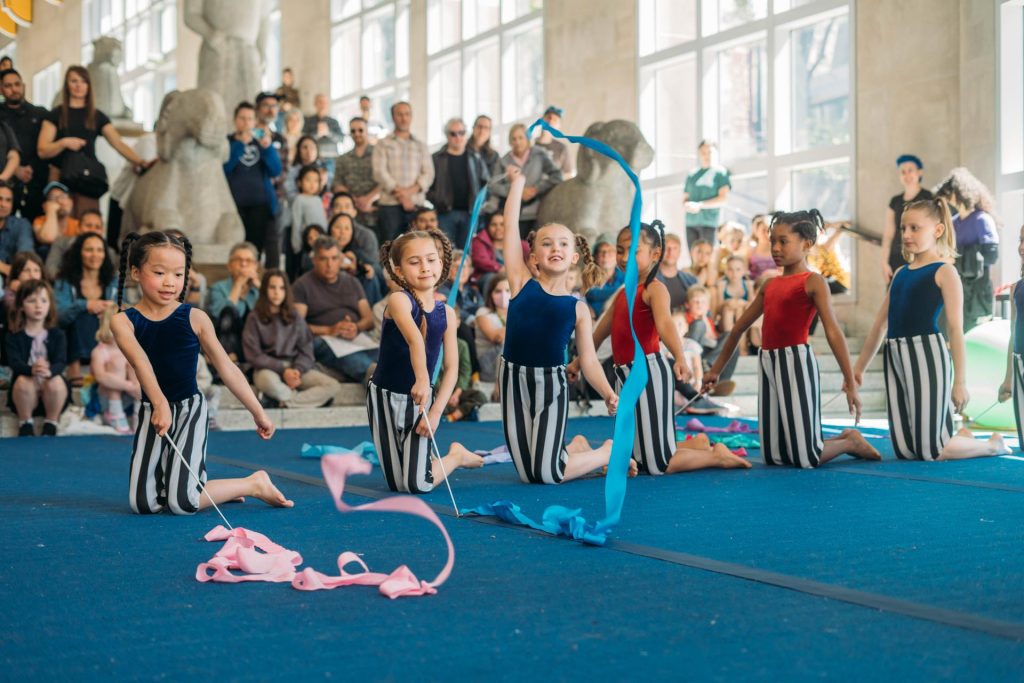
Exciting Events & Tours
Since the exhibition’s opening, SAM has hosted various events—including Balancing Act: A Calder Family Festival, SAM Open House, and the Calder Symposium—which offer new and thoughtful ways to engage with Calder’s art. Keep an eye out for additional upcoming Calder-related events on our website. Plus, SAM docents offer guided tours of Calder: In Motion every Saturday and Sunday at the Seattle Art Museum. They’re free with museum admission!
This article first appeared in the February through May 2024 edition of SAM Magazine and has been edited for our online readers. Become a SAM member today to receive our quarterly magazine delivered directly to your mailbox and other exclusive member perks!
Image: Installation views of Calder: In Motion, The Shirley Family Collection, Seattle Art Museum, 2023, © 2024 Calder Foundation, New York / Artists Rights Society (ARS), New York, photos: Chloe Collyer.
